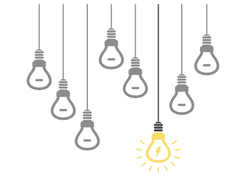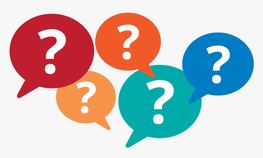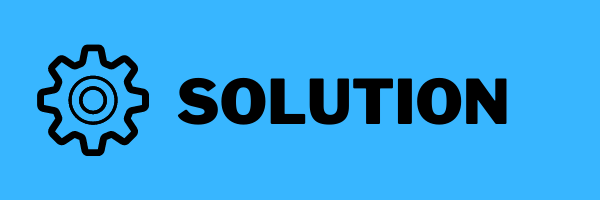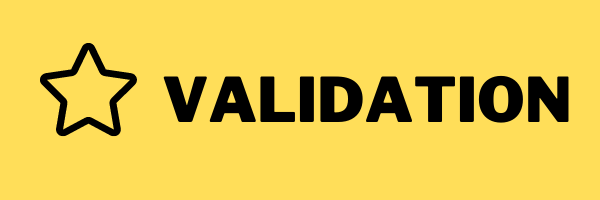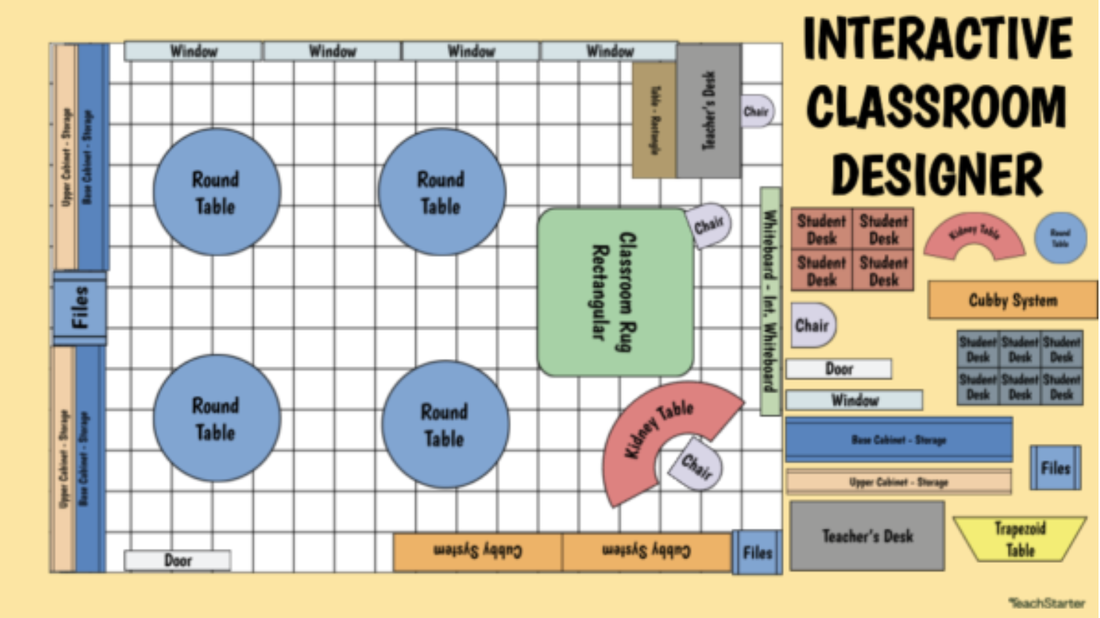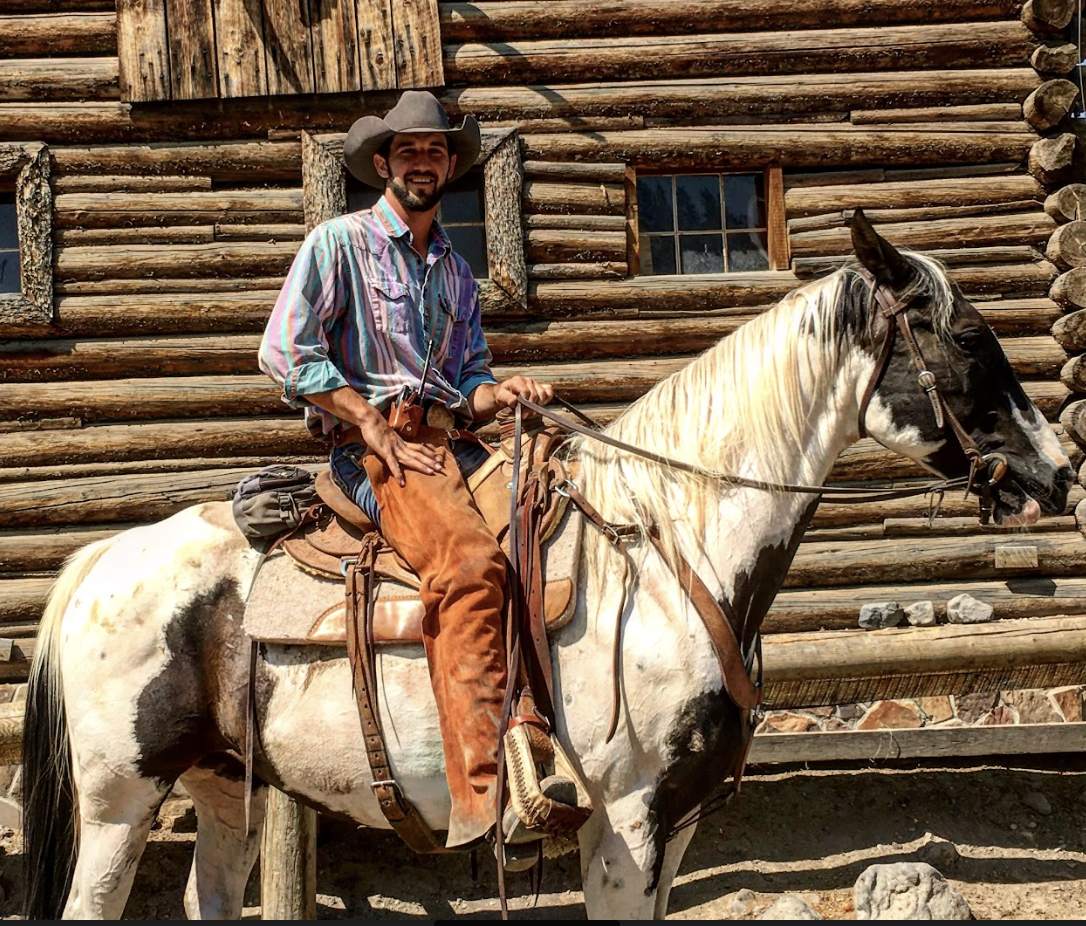Classroom Design
By: Luke Ambrose
By: Luke Ambrose
Project at a Glance :
This project will be used at the beginning of the year in a 4th or 5th grade classroom. Through this project, students will design the layout of the classroom as well as create a class contract and norms to follow in their space. The project focuses on a variety of Social Emotional standards.
Driving Question:
How can we design a classroom space that works for ALL students in our class?
|
Standards:
Entry Event:
|
Stakeholders:
|
Incubation:
Checking in:
|
|
Solution Building:
|
Authentic Audience:
|
Click here for teacher's full plan.
Reflection and Feedback:
|
|
Meet the Educator:
Luke Ambrose is a 5th Grade at North Holland Elementary, West Ottawa Public Schools. “I enjoy doing PBL projects in the classroom because it gives the kids engaging, authentic, and actionable ways to use information and skills that are already expected to be taught and practiced in school. The authenticity of the questions allows them to fully immerse themselves in the process, and acquire a plethora of knowledge and skills along the way.” |




